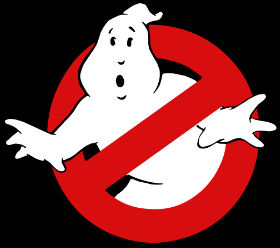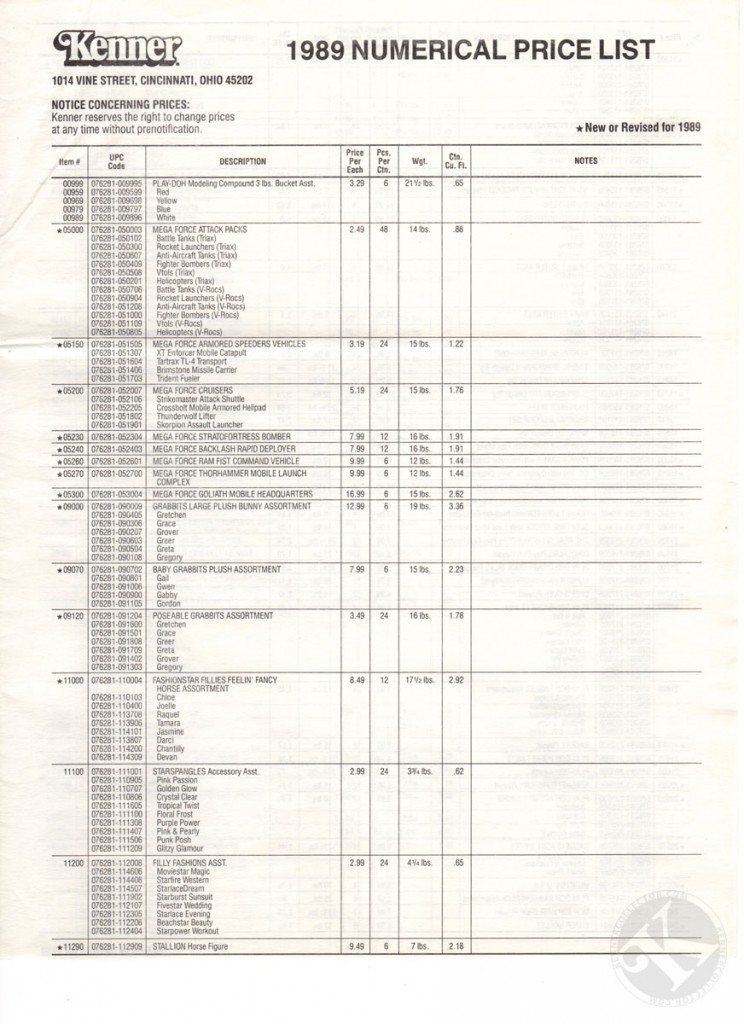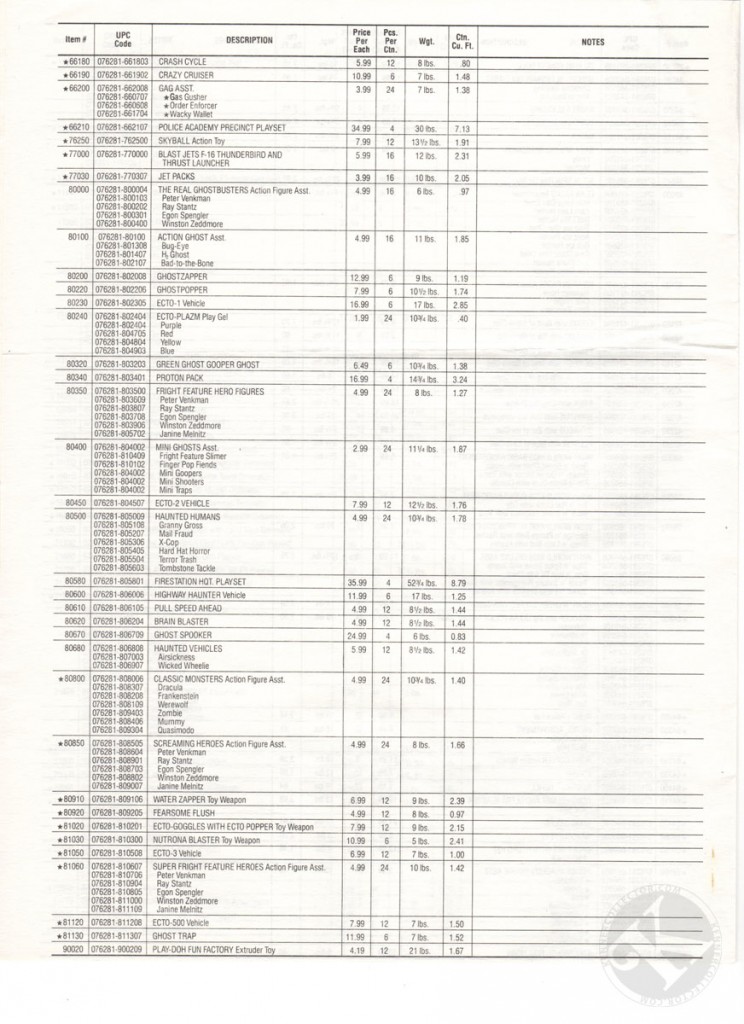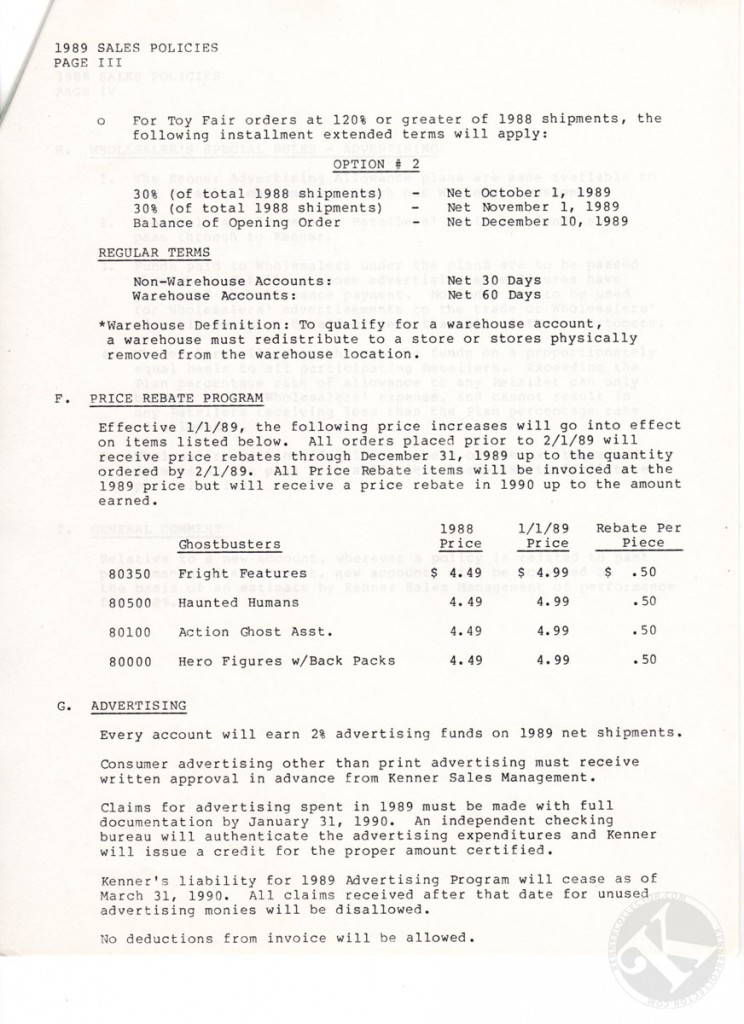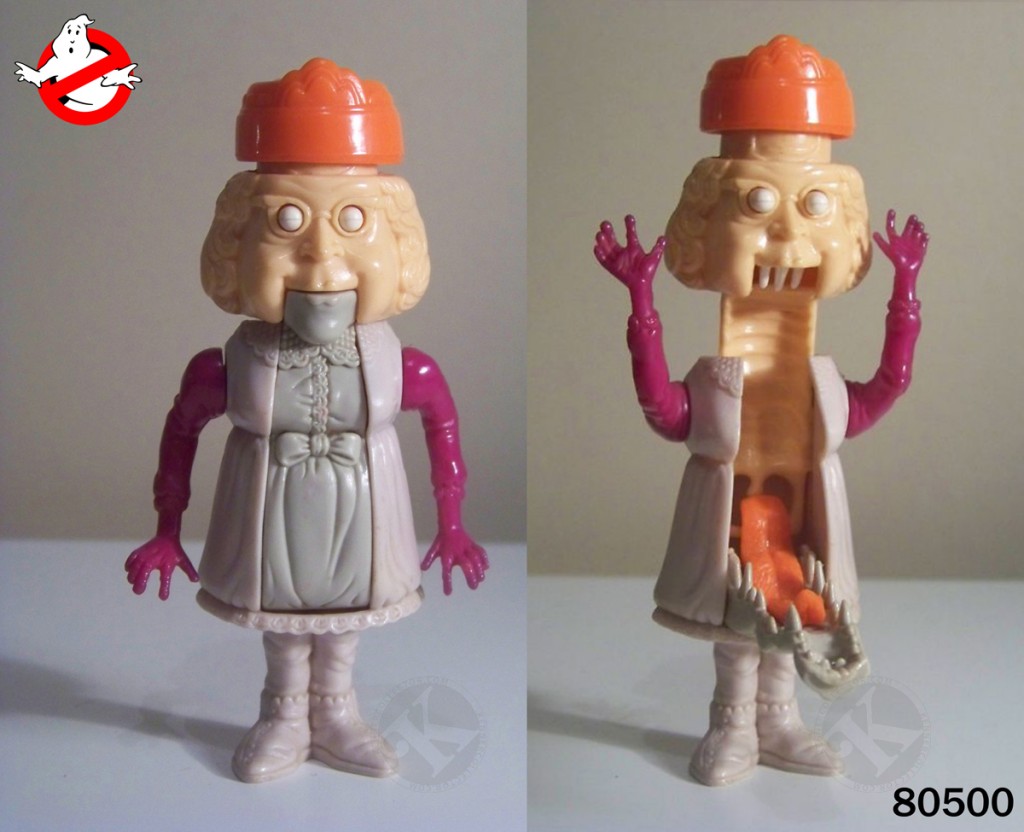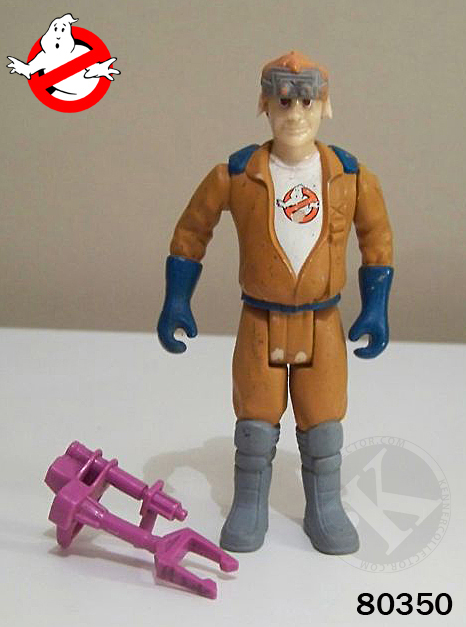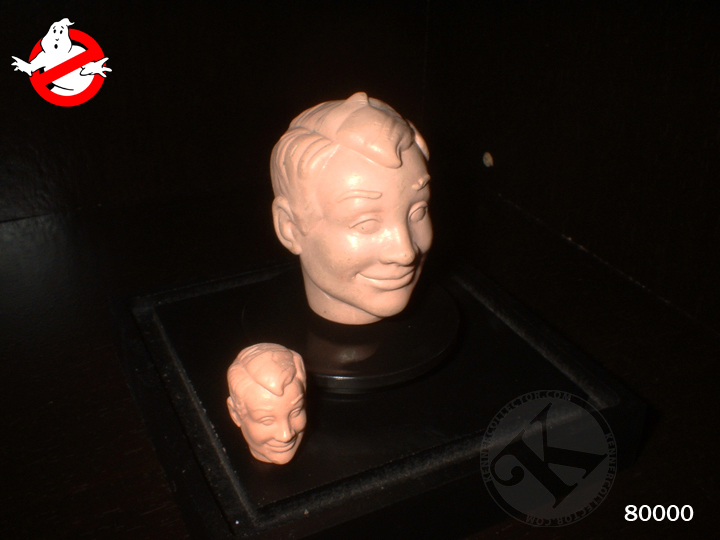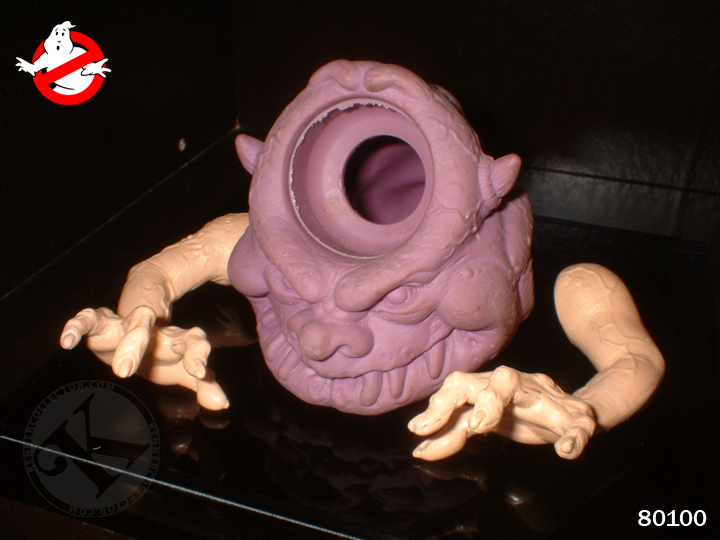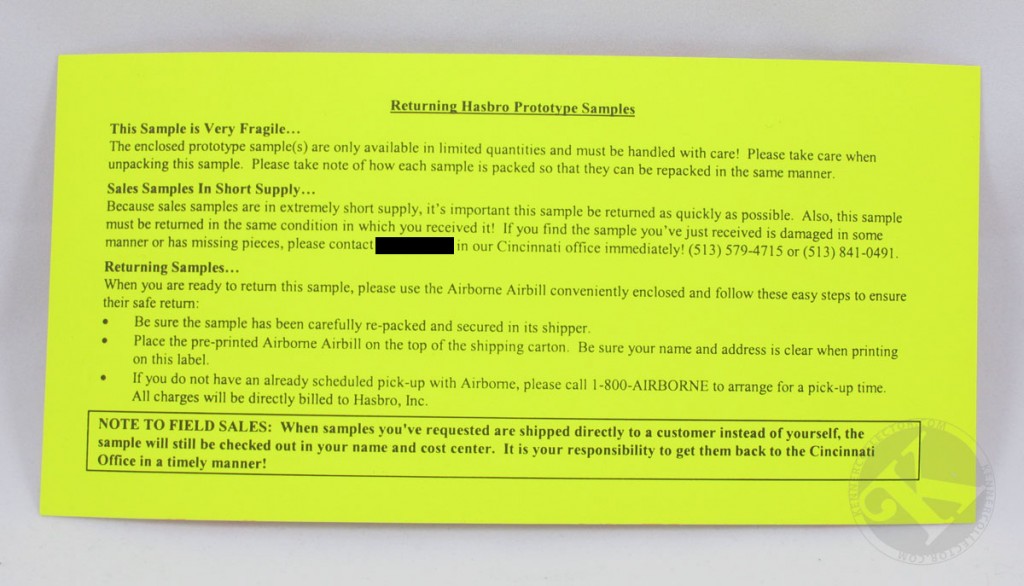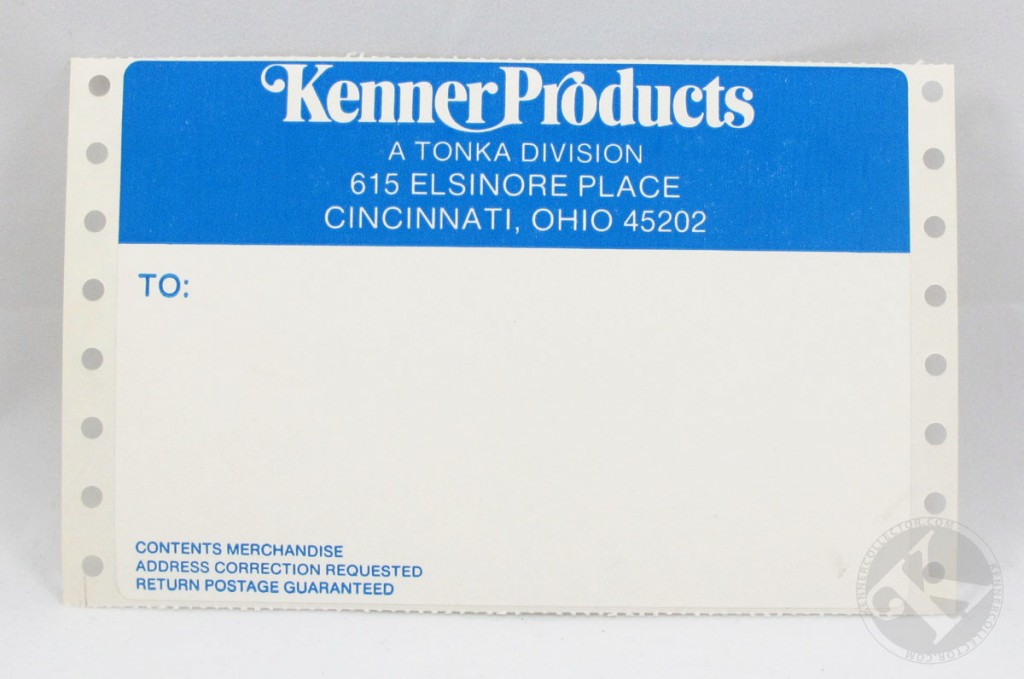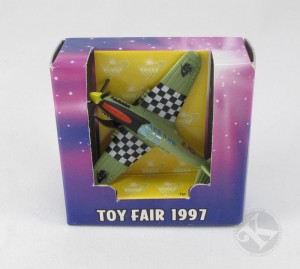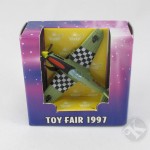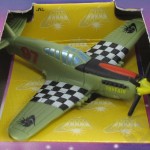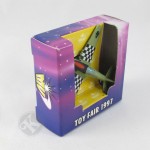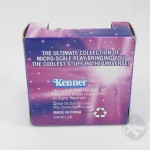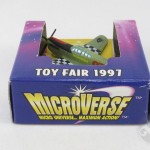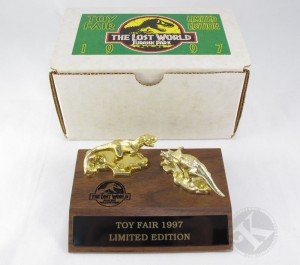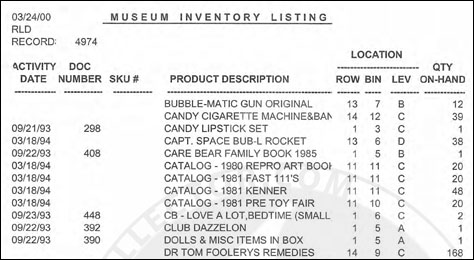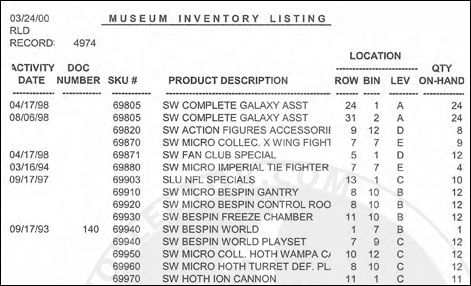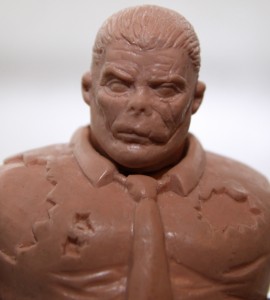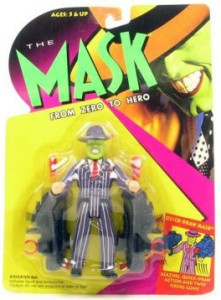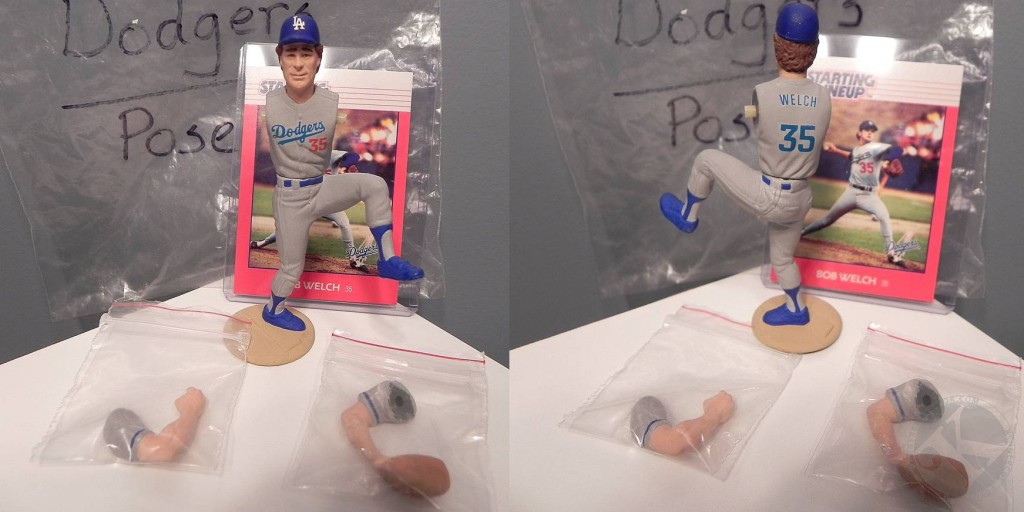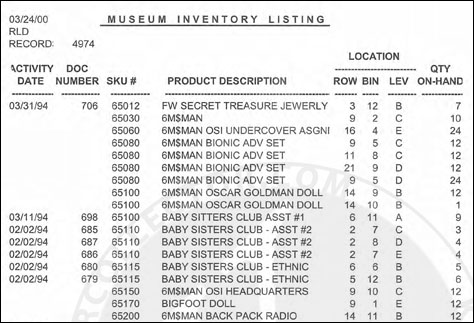Reader and fellow Kenner collector Josh Blake contacted us with some really neat The Real Ghostbusters items he wanted to share. He sent in pictures of an unpainted first shot, a hand painted first shot, and some original sculpt pieces. What’s also cool is that he provided some internal Kenner paperwork that references the corresponding production pieces. You can match the item number on the picture of the prototype up with the price list. The following documents are from an internal Kenner 1989 price list and include not only The Real Ghostbusters pricing, but also retailer’s pricing for other popular Kenner toy lines such as Play-Doh, Mega Force, Grabbits, Fashion Star Fillies, and Police Academy.
The following document is a Sales Policies sheet. This explains Kenner’s payment terms, price rebates, and terms for their cooperative advertising plans:
Below is a Granny Gross undated, unpainted, multicolored first shot from the Haunted Humans line. First shots are tests out of the steel production molds using whatever plastic colors the factory happens to be running at the time.
The next prototype is a Fright Feature Ray Stantz and it is also a first shot. This one is fully hand painted and could have been used for things like Kenner photography, packaging, reference, Toy Fair, or television commercials.
The next two photos represent wax sculptings of a 2up Ray Stantz figure head and Bug-Eye Ghost. 2up means that the sculpt was done at a 2:1 scale in order to get as much detail as possible into the final production figure. The production toy would then be scaled down off of this sculpt, retaining much of the artist’s original detail. This was a common practice at Kenner during the 80’s and 90’s.
As you might notice, the torso for Bug-Eye is a completely roto-cast piece. Roto-casting is a process where an electroform mold is produced off of a wax sculpt. The torso was sculpted out of wax, and then placed into an electrically charged substance that caused metal particles to attach and build up over the outer portion of the wax. When the process was complete, the wax was heated and removed from the cavity of the metal mold. Sadly this meant that the wax (or wax casting) was destroyed. A rubber silicon compound was then spun at high velocities inside this metal mold to create the toys flexible torso. Fortunately in this case, the matching original sculpted arms survived and display nicely with the raw first shot roto-cast torso.
From the collection of Josh Blake.

